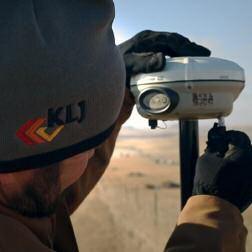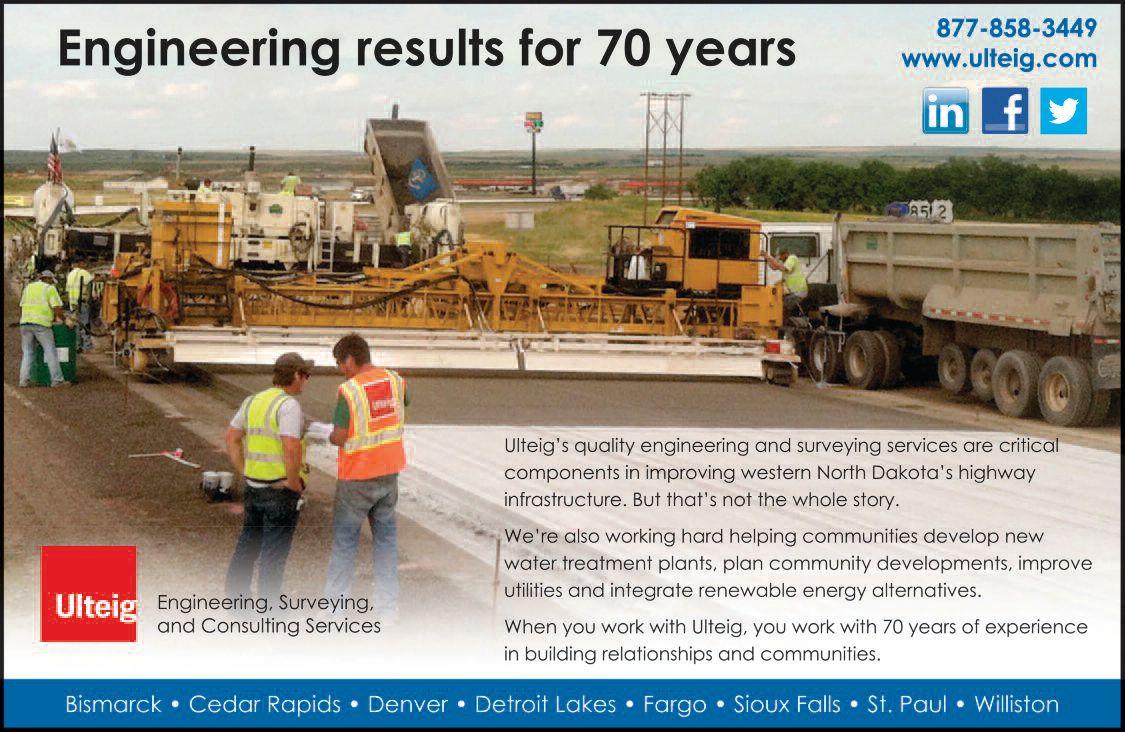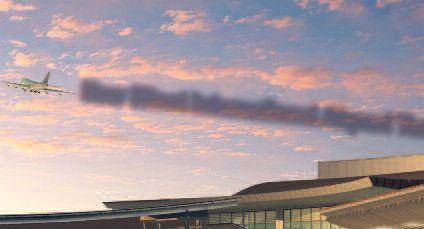
4 minute read
Capturing a new market
New regulations expec ted to increase demand for natural gas capture technologies
BY KRIS BEVILL
New regulations in North Dakota are aimed at reducing the rate of natural gas flaring from its current level of around 30 percent to no more than 10 percent by 2020
IMAGE: NORTH DAKOTA INDUSTRIAL COMMISSION
North Dakota Gov Jack Dalr ymple took on a firm tone during the recent Williston Basin Petroleum Conference when addressing the practice of flaring natural gas at the state’s oil wells, warning producers that the days of the state “going easy ” on companies are over.
His comments were backed by the June 1 implementation of more stringent flaring regulations, which Dalr ymple promised conference attendees the state would enforce as it attempts to reign in the wasteful practice and reduce the overall level of flared gas at North Dakota wells from around 30 percent to 15 percent within two years and no more than 10 percent by 2020.
Prior to the new regulations, producers were allowed to flare gas for up to a year at well sites and could petition the Industrial Commission for an extension of that allowance if they could prove that capturing the gas was economically detrimental to their operations Now, pro- ducers must submit a gas capturing plan along with their drilling permit applications, proving that they have met with gas gathering companies, that they know the locations and capacities of surrounding gas gathering pipelines and processing plants, and explaining how they plan to apply specific alternate systems to reduce flaring at the well sites Failure to comply with the new rules could result in the suspension or denial of new permit applications or the restriction of production at existing wells.
The gas capture plan requirement was initially set forth as a recommendation by the North Dakota Petroleum Council’s flaring task force. Tessa Sandstrom, NDPC communications manager, says some companies had been using a variation of the newly required plans prior to its implementation Drillers who had not yet been strategizing how to capture flared gas will have catching up to do, as Sandstrom noted that the regulations require not only planning within the company, but communication with mid-stream gas gathering and processing companies as well
“It will certainly add an additional burden for all parties but we are confident it will have a positive impact on the amount of gas captured,” she says
Pipeline gathering systems and processing plants continue to be built and expanded throughout North Dakota’s oil patch, but they remain in short supply throughout much of the area, so alternative reduction methods will be needed to meet the state’s requirements That need is already spurring the market for new technologies to be introduced. “Producers want to capture the gas more than anyone, when the right technologies come forward which we are beginning to see, they will take off quickly,” Sandstrom says.
New Jersey-based Primus Green Energy hopes its technology will be one that is chosen by North Dakota producers to curb flaring. The company is commercializing a patented three-stage thermocatalytic process that can be used to convert natural gas into drop-in replacement transportation fuels like gasoline or diesel fuel The technology has been tested successfully at a mini-demonstration-scale facility in New Jersey and the company says it is now ready to begin deploying its technology in the Bakken and other oil plays
One benefit of its technology over other options, according to the company, is that it offers a small-scale solution to flaring in that its units are comprised of scalable modules which can be trucked to well sites, assembled on-site, then disassembled and moved to a new location as desired. Vice President George Boyajian says the technology is also flexible and can be used to make a variety of products, which could be shipped via pipeline or truck along with the crude produced at the site. The company is also offering producers an end-to-end gasto-liquids solution, making the process easier on drillers, he says “We will have all of the necessary components to turn that into a liquid product so that the owner doesn’t have to go out and have four or five different contractors,” he says. “The object of our business is to be a one-stop-shop for them ”
Primus’ process has not yet been tested in North Dakota, but Boyajian says the basic technology behind it is not new and has been used successfully in New Jersey, which endures a similar climate A number of well-specific factors, including gas composition, desired end-product and infrastructure availability, make it difficult to estimate the cost of installing this technology, but he says it has been proven to produce 5 gallons of drop-in fuel per mmBTU of natural gas, which converts roughly to $12 50 of product for ever y $2 of natural gas.
Boyajian expects Primus will build and sell modules to drillers, but says the company is open to the option of partnerships or licensing the technology as well. The company has been developing its technology for some time, he says, so the roll-out of its commercial availability just as North Dakota producers are looking for alternatives to flaring is a combination of good timing and good fortune “The timing couldn’t have been better for us. ” PB
Kris Bevill Editor, Prairie Business 701-306-8561, kbevill@prairiebizmag com








Interest Rates
Employment
Minot—North Dakota’s Gateway to the Bakken™.

Minot investment opportunities are smart, grounded, and proven.









That’s what happens when a city has added more than 10,000 residents in the last several years. And is home to 53 energy and oil companies with almost 3,000 employees—in a city where more than half the business community is affected by the oil industry.

Because of energy’s impact on Minot, we have more than $350 million slated for improvements to roads, our airport, water and sewer mains, the landfill, buildings, and more. There’s no better region in the nation to put your investments. As a city, we're doing our part to keep pace, and continued state investment feeds an economic engine.
To learn more on the amazing potential of Minot, please email madc@minotusa.com or call us at 1-701-852-1075 to sign up for our comprehensive e-newsletter to stay informed on all of our latest news.











